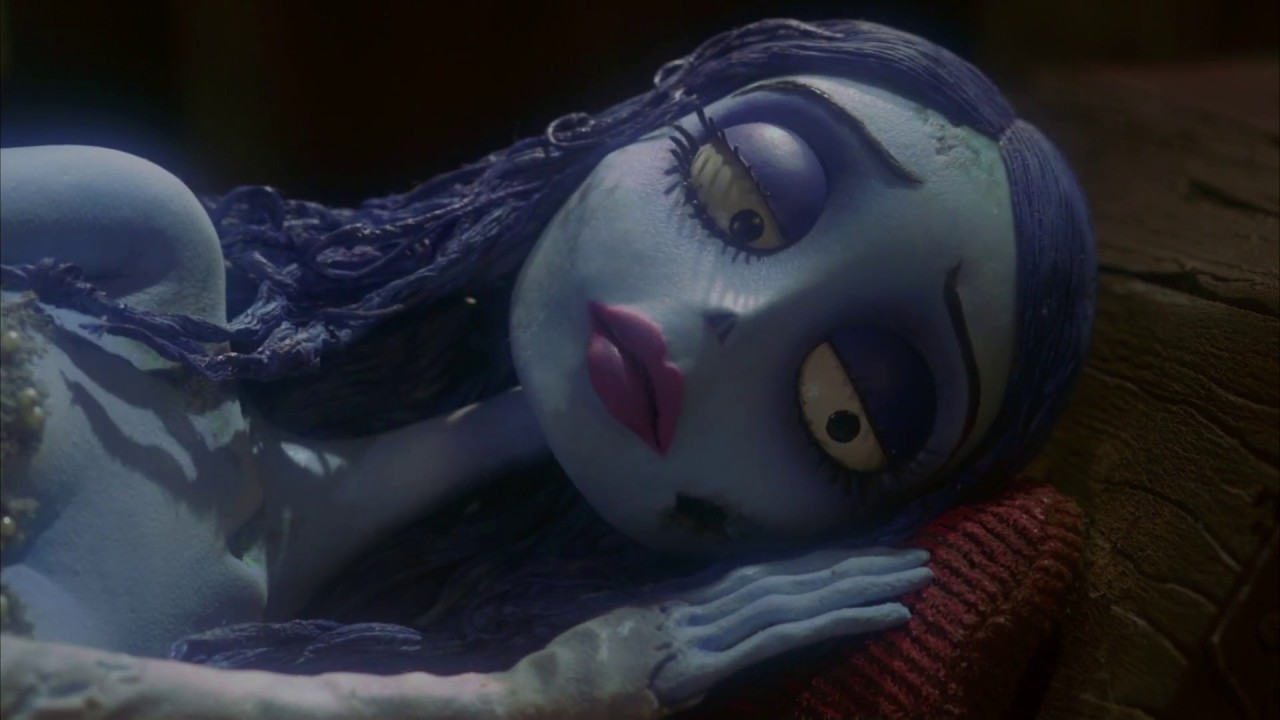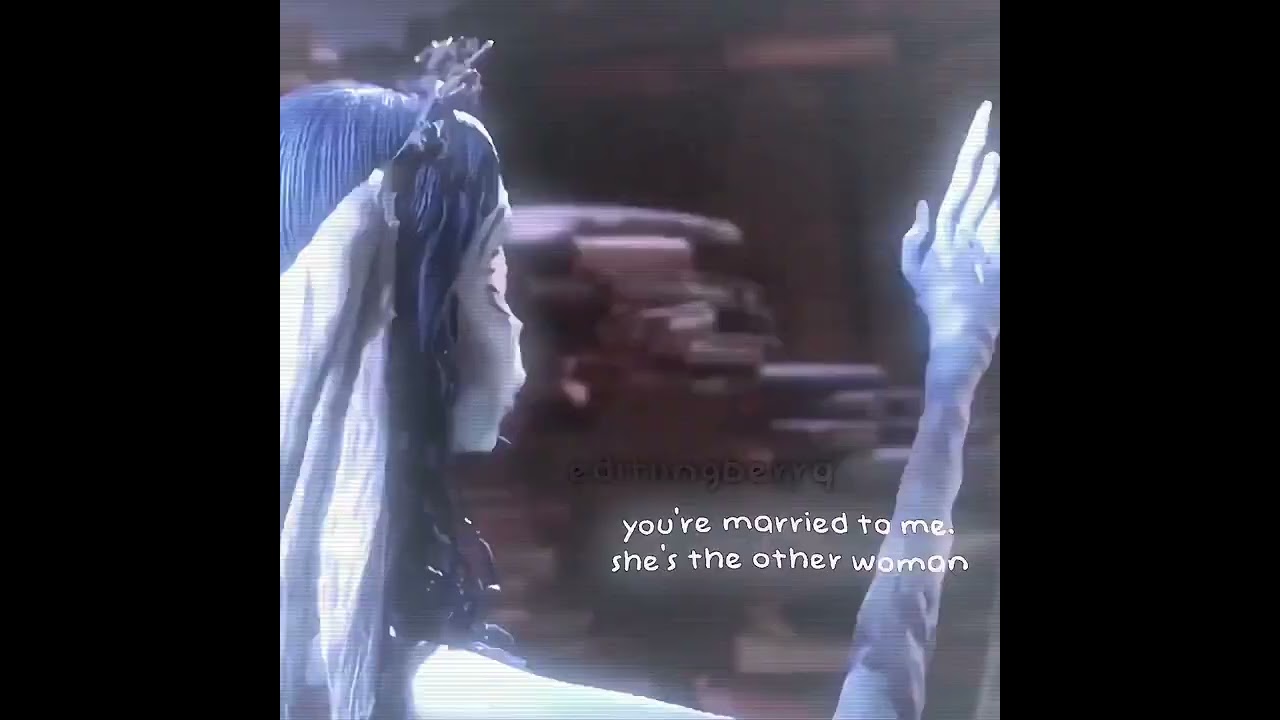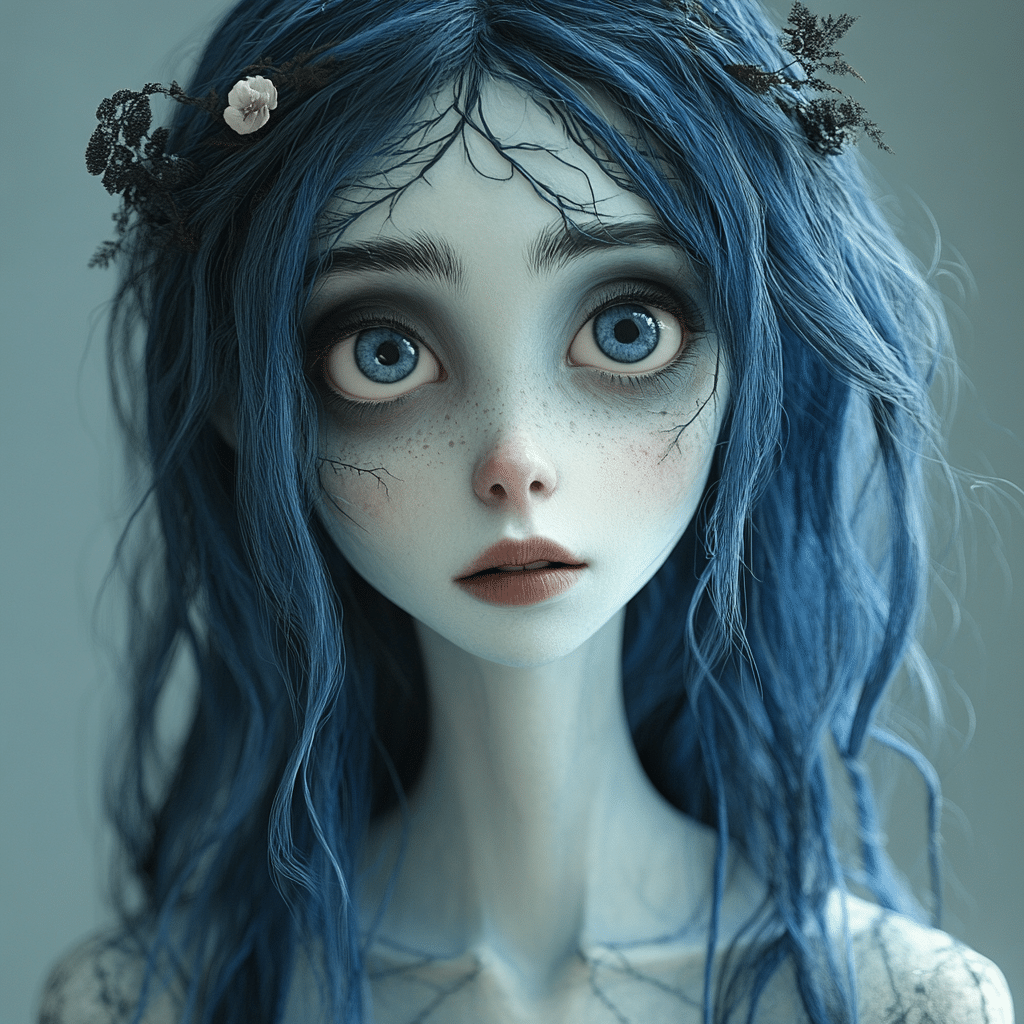
Emily Corpse Bride The Tragic Story Behind Her Haunting Beauty
Tim Burton’s Corpse Bride, released in 2005, is more than just an animated film; it’s a captivating exploration of both love and loss told through the hauntingly beautiful character of Emily, the Corpse Bride. With her striking blue skin and ethereal presence, Emily charms audiences while simultaneously pulling at their heartstrings. Her story dives deep into themes of yearning, betrayal, and reconciling with a tragic past—offering viewers a complex look at what it means to love and lose.
At the core of Emily’s character is a profoundly tragic story: she was murdered by her own fiancé on her wedding day, left to perish in an unforgiving forest, a victim to greed and betrayal. It’s this backdrop that lends her a haunting beauty, emphasizing the delicate interplay between life and death. In a cinematic landscape often filled with bright and happy endings, Emily’s narrative adds a layer of depth that resonates with anyone who’s faced heartbreak or loss.
The Allure of Emily Corpse Bride’s Haunting Aesthetic
Emily’s esthetic draws viewers in with a unique combination of beauty and sorrow. This duality acts as a visual metaphor for her backstory—a woman caught between the worlds of the living and the dead. The film’s animation style plays a crucial role in setting this tone. Tim Burton’s signature visual flair merges Gothic motifs with whimsical charm, creating an otherworldly atmosphere that captivates the audience’s imagination.
Emily’s distinctive look features a pale complexion accentuated by ghostly blue hues. Her delicate floral accessories and flowing gown—strikingly vivid against the dreary backdrop of the underworld—add layers of meaning to her character. Instead of just being a spooky figure, she becomes a symbol of lost opportunities and dreams, which resonates profoundly in our collective psyche.
However, it’s not just her design that makes her memorable; it’s also the emotional weight carried by her character. Emily’s longing for love and acceptance enhances her tragic beauty. Every frame featuring her captures not just visual splendor but the emotional intricacies of a woman wronged by fate. In a way, Emily symbolizes the universality of tragic love—the kind of love that is always yearned for but often unattainable.
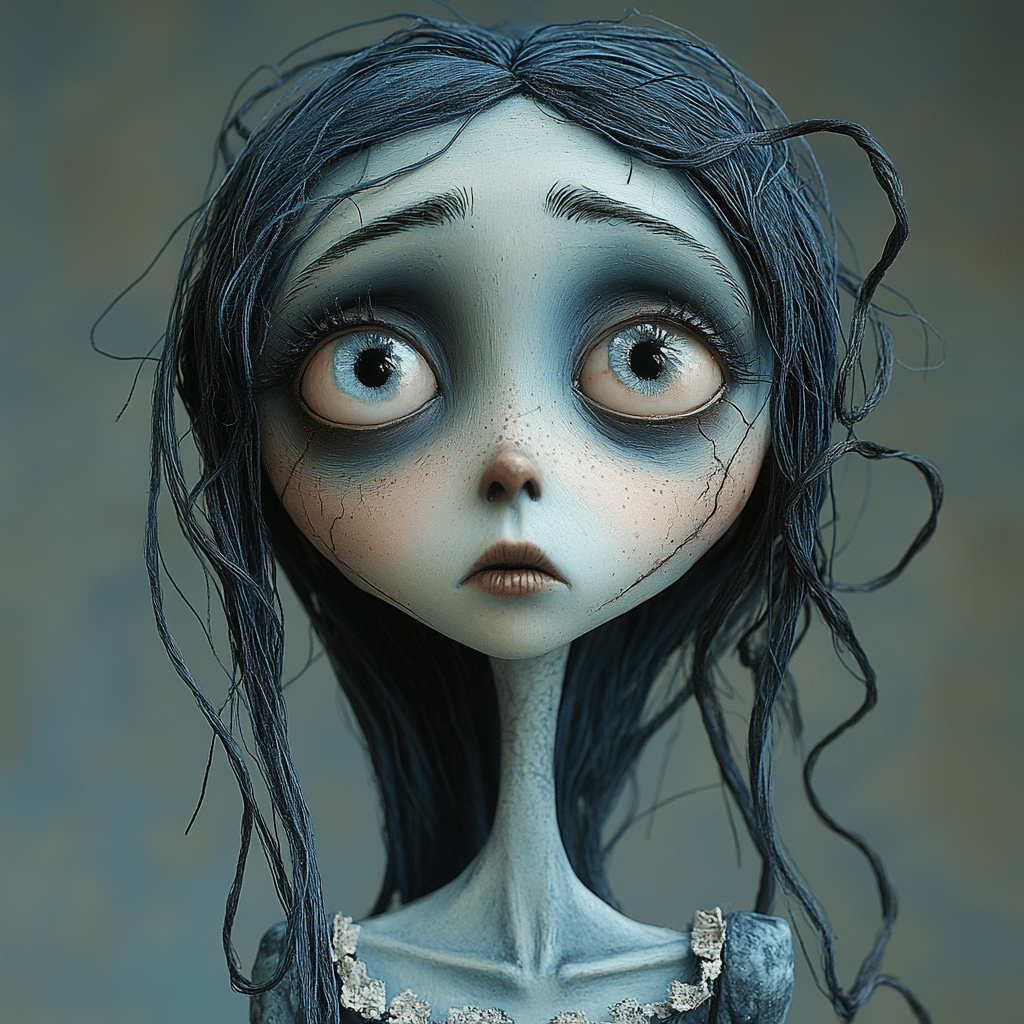
Top 5 Elements That Contribute to Emily Corpse Bride’s Tragic Beauty
Emily’s muted color palette, dominated by blues and soft whites, goes beyond visual aesthetics; it reveals her ghostly essence and profound melancholy. In contrast to the vibrant world of the living, her hues evoke an emotional resonance that encapsulates her longing for love and acceptance.
With inspiration drawn directly from Victorian aesthetics, Emily’s design reflects a beautiful yet macabre reality. This juxtaposition mirrors elements found in the Demon Slayer manga, where character designs and their emotional depth are intricately intertwined. In both artistic forms, characters stand as reflections of their backgrounds and struggles.
Helena Bonham Carter’s portrayal of Emily breathes life into the character through an ethereal voice performance. Her melodic tones bring forth layers of sorrow and vulnerability, transforming Emily from a mere figment of animation to a poignant symbol of love that surpasses death.
Central to Emily’s character arc is her tragic backstory of unfulfilled love. The narrative evolves around her yearning for Victor, capturing the essence of loving without boundaries, even beyond death. It’s a storyline that resonates deeply with audiences, reminding us of the lasting impressions love leaves behind.
Burton’s outstanding use of visual storytelling often contrasts light and dark, life and death, which heightens Emily’s beauty. These artistic decisions not only engage viewers but also compel them to confront deeper emotions—showing how beauty can indeed blossom from darkness.
Emily Corpse Bride Versus Characters From the Demon Slayer Manga: A Comparative Analysis
While both Corpse Bride and Demon Slayer tackle challenging themes, their approaches diverge significantly.
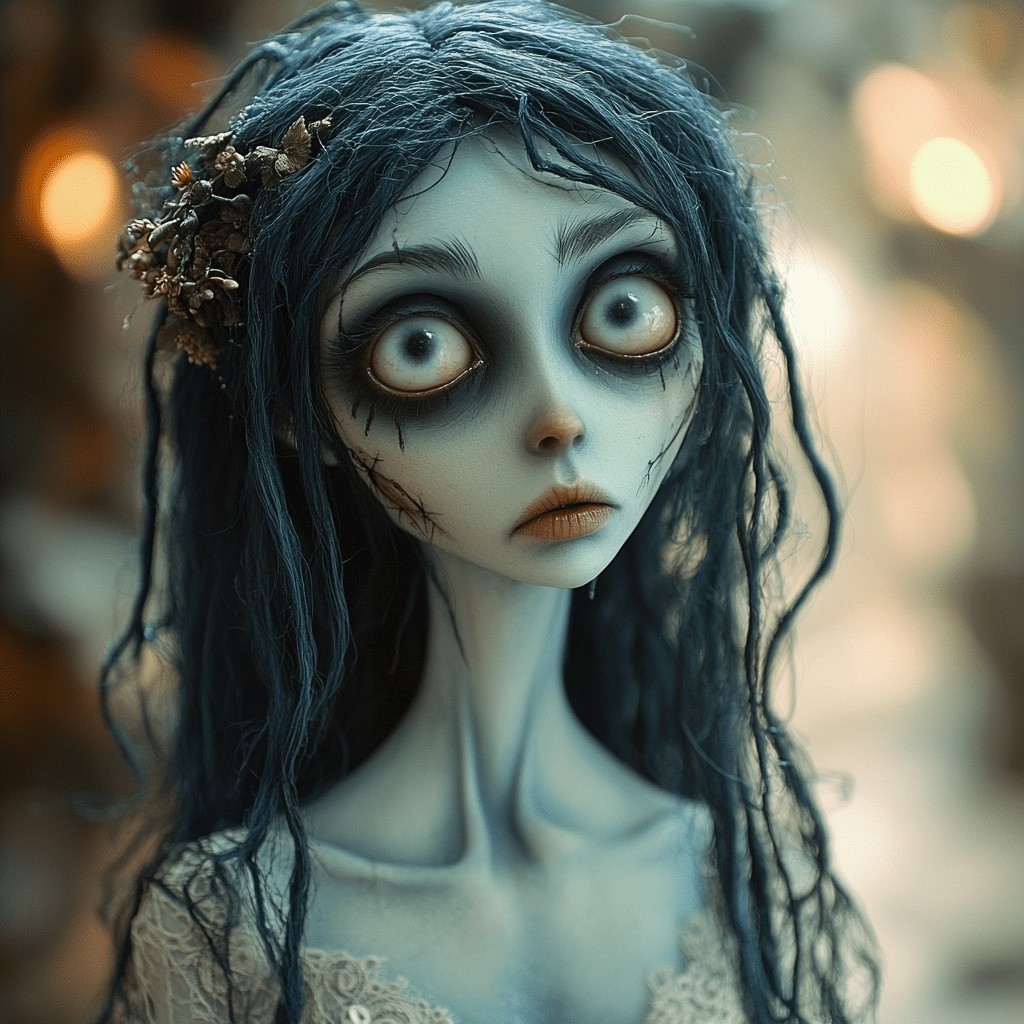
The Legacy of Emily Corpse Bride in Modern Culture
Emily’s cultural impact runs deep, reaching beyond the boundaries of Corpse Bride. She’s become an emblem of beauty embraced by various sectors, from fashion to art and music. The fusion of her haunting aesthetic with contemporary gothic fashion brands has formed a bridge connecting the realms of animation to real-life expressions of beauty.
Moreover, Emily’s existence ignites discourse on love, loss, and self-identity. Various indie films and mainstream productions draw inspiration from her narrative arc. It’s fascinating to witness how animated characters break barriers, giving rise to broader conversations about personal stories and emotional truths.
What’s more, her status as an icon in pop culture highlights how storytelling transcends the screen. As viewers connect their experiences with themes of heartbreak and resilience expressed through Emily’s journey, her legacy continues to flourish in modern narratives.
Embracing the Darkness: Why Emily Corpse Bride Resonates Today
As conversations around mental health and emotional complexity flourish, Emily stands tall as a reminder of the beauty inherent in vulnerability. She encapsulates a haunting beauty rooted in tragic love, resonating with those grappling with their own demons.
The journey she undergoes—filled with pain, betrayal, and ultimately, acceptance—mirrors the emotional struggles many face in the real world. Corpse Bride serves as not only a tale of love lost but also a beacon of hope and healing, showcasing that even within darkness, beauty can emerge.
As we reflect on Emily Corpse Bride, we unearth rich layers of narrative and cultural significance, revealing how her haunting beauty touches hearts and shines a light on the shared experience of love and loss. In a world increasingly focused on confronting emotional struggles, stories like Emily’s serve as poignant reminders of our shared humanity, bridging the gap between fantasy and reality.
Emily Corpse Bride: Darkly Enchanting Trivia
The Artistry Behind Emily
Did you know that Emily, the titular Corpse Bride, was originally conceptualized by Tim Burton as a blend of whimsical and gothic styles? This character’s design draws from classic horror cinema influences while retaining her ethereal beauty, making her unforgettable. Interestingly, Dora Madison burge, known for her compelling performances in various indie projects, often cites Burton’s work as an inspiration for her craft. The haunting visuals of Emily evoke a similar eerie charm seen in films like Monsters University, making her a standout in animated features. The combination of tragic backstory and striking aesthetics contributes to her enduring legacy in film history.
Behind the Scenes Secrets
Creating Emily was no simple feat. The meticulous animation process utilized stop-motion techniques, which required a staggering amount of preparation and precision. Each frame involved painstaking work, reminiscent of what creators face in various artistic endeavors today, like those you’ll find in Abergavenny Abergavenny. Incredible attention to detail allows her character to convey deep emotions, captivating audiences worldwide. Moreover, many fans may not know that composers can win a Grammy Award not just for music but also for contributions to animation soundtracks. Relaxing tunes and captivating orchestral pieces played a vital role in bringing Emily’s melancholy tale to life, enhancing her character’s depth.
Cultural Impact and Legacy
Emily Corpse Bride’s influence can be seen in various media and has sparked numerous adaptations and tributes in popular culture. Often, you’ll find references in music, literature, and even food trends where themes of hauntings and beauty intertwine. Funny enough, you might recall the phrase When Pigs fly used in jest about love myths—a nod to Emily’s own impossible romance! The passion for her story has even led fans to explore Raising Cane’s Towson for themed gatherings celebrating Burton’s artistry. And who could forget the voice talent behind Emily? Actress Celia Rose gooding highlighted the impact of engaging storytelling and complex characters in a recent interview, reiterating how Emily remains a premier example of successfully intertwining a dark narrative with a sense of charm and beauty.
In short, Emily Corpse Bride is more than just a mere animated tale. It’s a stunning representation of artistry, a testament to the storytelling prowess of Tim Burton, and a celebration of love that conquers even death.
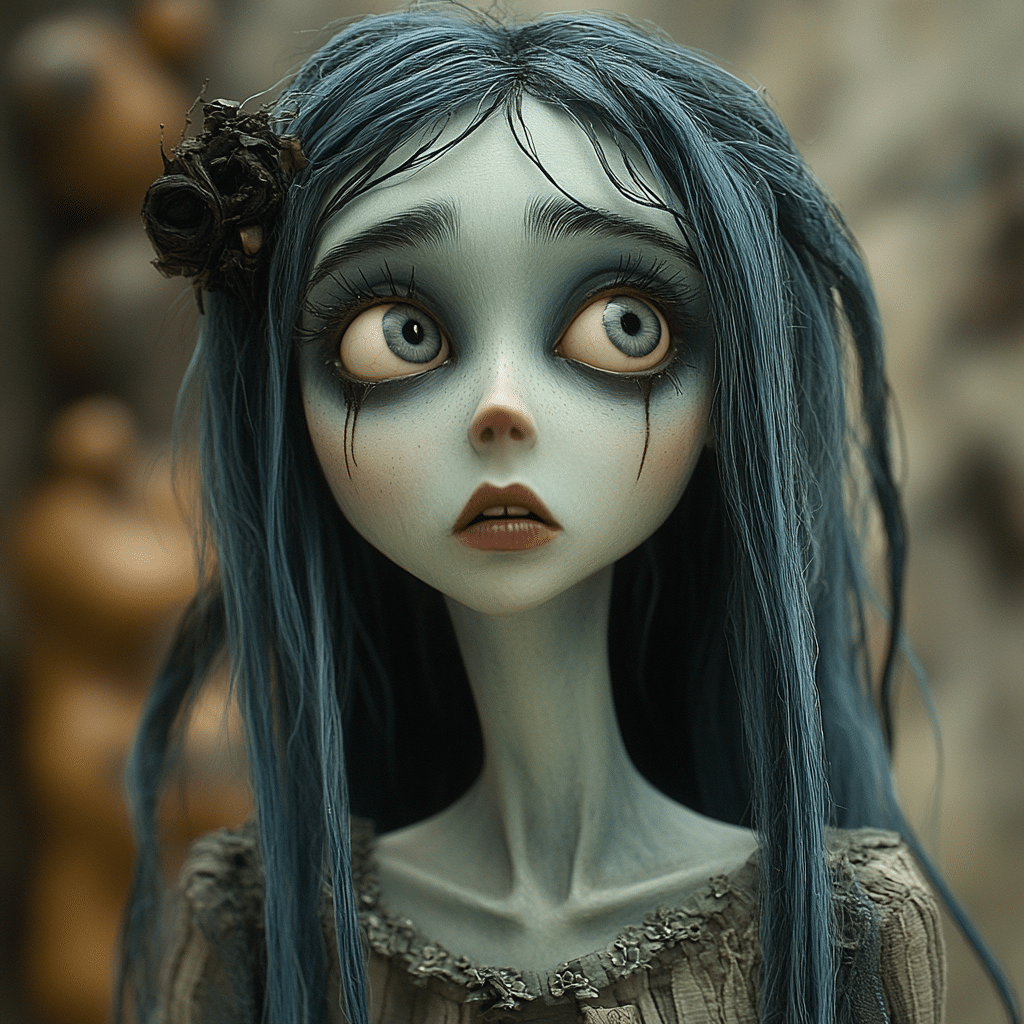
Why didn’t Victor marry Emily?
Victor didn’t marry Emily because he realized he was too late for her when he learned that Victoria was marrying someone else. Feeling lost and desperate, he reluctantly accepted the union with Emily, but he always longed to be with Victoria.
Why did Emily turn into butterflies?
Emily turned into butterflies as a powerful symbol of self-love and acceptance. In the end, she transforms into these beautiful creatures after fulfilling her unfinished business, representing her liberation from the underworld.
Are Emily and Victoria sisters?
Emily and Victoria aren’t sisters; instead, they’re related as Emily is Victoria’s maternal aunt. This family connection has a significant role in the story’s dynamics.
Is Emily from Corpse Bride Sally?
Sally isn’t the same character as Emily from Corpse Bride. Sally is a distinct character from Tim Burton’s “The Nightmare Before Christmas,” while Emily is the reanimated bride from Corpse Bride.
Why was Emily killed in Corpse Bride?
Emily was killed by her fiancé on her wedding day, who murdered her to steal her family’s fortune and left her body in the forest. This tragic event set off the chain of happenings in the film.
Did Emily truly love Victor?
Yes, Emily truly loved Victor despite their unconventional circumstances. Their relationship, though complex, showed her yearning for genuine love, which she believed she found in Victor.
How old was Emily when she died in Corpse Bride?
Emily was in her late 20s when she died, making her a young woman with a life full of promise. Her untimely death adds depth to her character in the film.
Why did Emily fake her death?
Emily faked her death as a way to escape the harsh reality of being discarded by her fiancé. This act was part of her tragic story, which led her to become the Corpse Bride.
Why did Emily kiss Maya’s cousin?
Emily kissed Maya’s cousin as part of a specific scene that highlights her playful and romantic side, showcasing her longing for love despite her ghostly existence.
Why is Emily’s skin blue in Corpse Bride?
Emily’s skin is blue in Corpse Bride to symbolize her status as a corpse, representing her tragic fate and distinguishing her from the living characters in the film.
Will there be a Corpse Bride 2?
There are currently no confirmed plans for a Corpse Bride 2. Though fans may hope for a sequel, Tim Burton has yet to announce any follow-up to the original film.
Does Victoria expose Emily?
Victoria does not expose Emily in the film; instead, the story unfolds around themes of love, betrayal, and ultimately, understanding, with her role focused on the romantic conflict.
Why did Victor want to marry Emily?
Victor wanted to marry Emily out of desperation to escape his heartbreak over Victoria. He felt compelled to bring happiness to Emily after learning he was too late for his true love.
Is Jack Skellington the guy from Corpse Bride?
Jack Skellington isn’t in Corpse Bride; he’s a separate character from Tim Burton’s “The Nightmare Before Christmas.” While both films share a unique style, the characters belong to different stories.
Are Jack and Sally married?
Jack and Sally are married in a sense, as their relationship develops throughout “The Nightmare Before Christmas.” They share a deep bond that culminates in love and companionship by the film’s end.


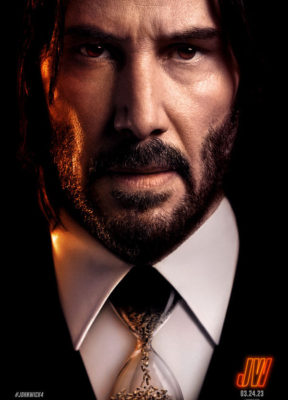
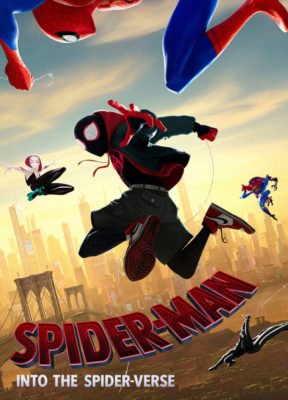

![Corpse Bride (2005) │ Emily's First Appearance [DPU HD]](https://www.loaded.video/wp-content/cache/flying-press/e8a9ff660d755eb666420553b6fb1af6.jpg)
